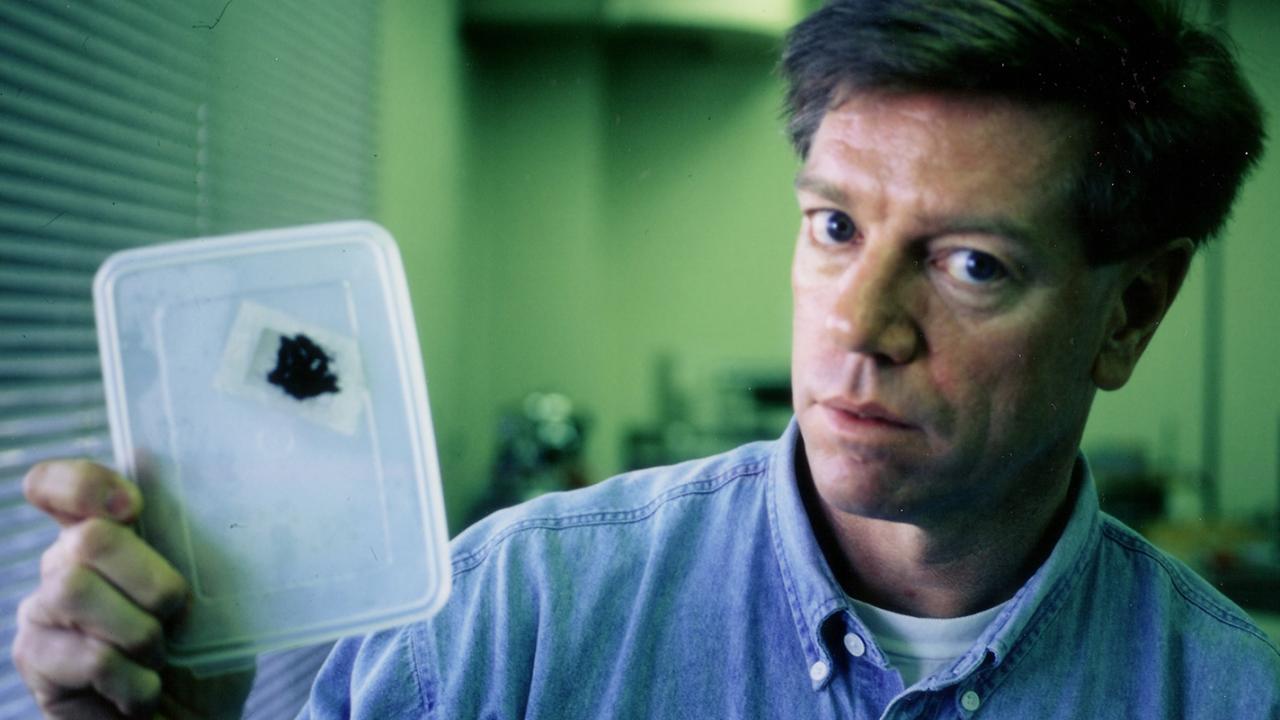
A Tribute to Renowned Chemical Ecologist Jeffrey Richard Aldrich
After Retiring from USDA-ARS, Aldrich Worked with UC Davis Researchers
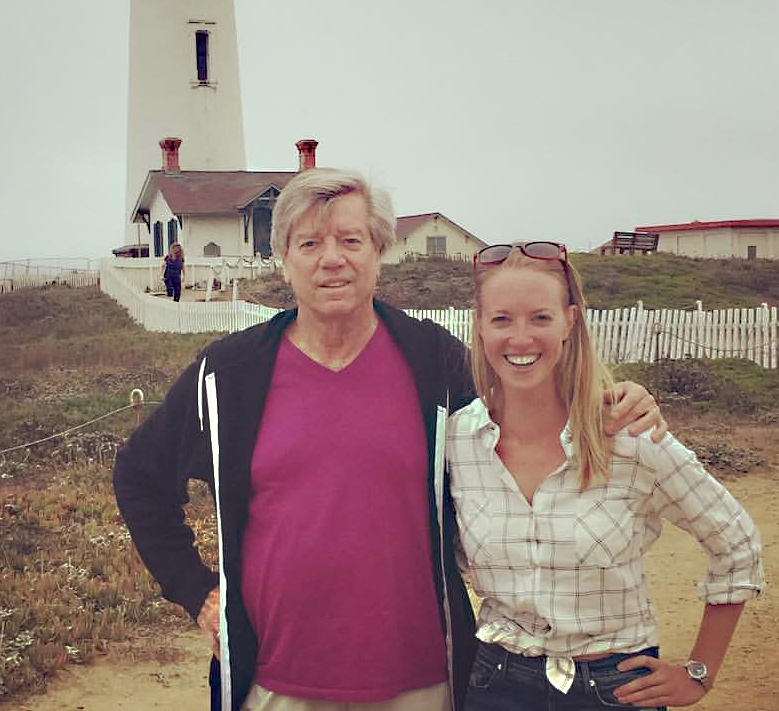
(Watch video tribute to Jeff Aldrich by UC Davis Distinguished Professor Walter Leal)
The scientific world is mourning the passing of internationally recognized Jeffrey Richard Aldrich, a retired USDA-ARS chemical ecologist and former UC Davis researcher who died June 28 at age 75 in Fort Myers, Fla. He was known, a peer said, as "one of the best insect chemical ecologists in the world."
Aldrich worked with many UC Davis scientists, including integrated pest management specialist, UC Davis Distinguished Professor Emeritus (on recall) Professor Frank Zalom of the Department of Entomology and Nematology, and chemical ecologist and entomologist, UC Davis Distinguished Professor Walter Leal, former chair of the Department of Entomology and now with the Department of Molecular and Cellular Biology, College of Biological Sciences.
From 1980 to 2011, Aldrich served at the Beltsville Agricultural Research Center, USDA Agricultural Research Service, Maryland, where he concentrated on semiochemistry and the behavior of true bugs, lacewings, and related groups. including their natural enemies. After his retirement from his USDA career, he moved to California and served a decade as an associate researcher in the Agricultural Experiment Station, UC Davis Department of Entomology and Nematology. He worked with Zalom and his lab during that time.
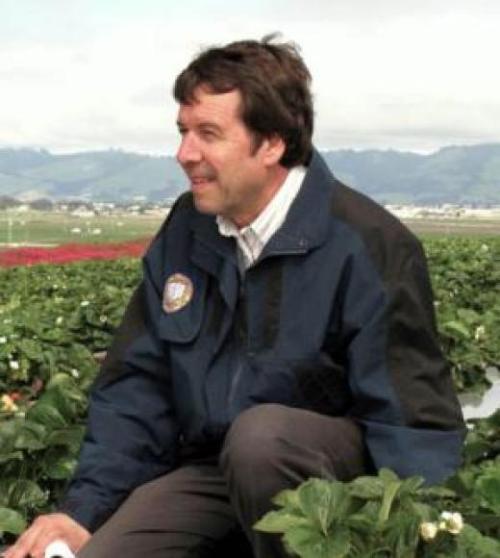
“Jeff was a well-respected chemical ecologist with a unique and outgoing personality,” said Zalom, an Honorary Member, Fellow, and past president of the Entomological Society of America. “I worked with him on stink bug attractants for many years while he worked for the USDA-ARS in Beltsville, and he included me on a patent for consperse stink bug, Euschistus conspersus. One of my PhD students, Eileen Cullen, did her thesis and dissertation research on this insect. Jeff and I became much closer after he retired, moved to California, and formally became an associate in the Agricultural Experiment Station in our department and associated with my lab."
“Jeff was a never-ending source of research ideas," Zalom said. "He was an advisor for several of our graduate students and became great mentor to two international scholars who were in my lab. One, Roberta Tognon from Brazil, studied the chemical ecology of brown marmorated stink bug parasitoids. The other, Elda Vitanovic a Fulbright Scholar from Croatia, worked on yeast volatiles aa olive fruit fly attractants. Jeff co-authored papers that resulted from their research. The yeast work also generated data for a lacewing paper that Jeff was very excited about, but he left California before we could pursue additional studies. Interestingly, Elda has continued to pursue yeast volatiles research, and recently received a grant from the Croatia National Science Foundation for additional studies. Jeff and I remained in close contact after he moved to Minnesota to be with his aging mother. There he built a small research facility at her home where he raised a predatory stink bug, Podisus."
Said Leal, a past president of the International Society of Chemical Ecology (ISCE), and a member of the National Academy of Sciences:
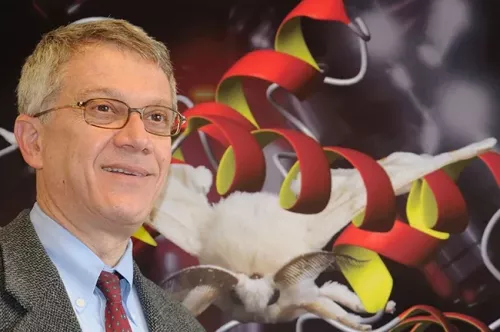
“Jeff was an influential and innovative chemical ecologist whose warmth, scientific integrity, and mentorship left a lasting mark on his colleagues, students, and the broader entomology and chemical ecology communities. We instantly connected when we first met at an entomology congress in Brazil. He had traveled from the United States, and I had come from Japan. My conversational English was limited at the time, but I genuinely enjoyed talking with Jeff. As I told him then, 'You’re like CNN Headlines—you repeat the same story so many times that I eventually understand it.'"
“Over the next three decades, our friendship deepened through humor,” Leal noted. “We shared so many jokes that we developed an inside joke (originally from Jeff’s father): we didn’t need to retell them anymore, just say the number, and we’d both laugh. Jeff also spent a few months as a visiting scholar in my laboratory in Japan. His insect dissection skills were unmatched, and he generously offered to teach others. I gained as much from watching him help others as I did from his direct collaboration, especially during our work isolating stink bug pheromones.”
“Beyond the lab, Jeff’s leadership in the field was just as impactful,” Leal said. “He hosted an annual chemical ecology meeting in Washington, D.C., served as president of ISCE, and was an associate editor of the Journal of Chemical Ecology. ISCE meetings were better with Jeff. The world was better with Jeff in it.”
Born July 14, 1949 in Columbus, Ohio, Aldrich died June 28, 2025 in Fort Myers, Fla. “He died the morning of June 28,” said his daughter Ellison Aldrich, DVM, a large-animal veterinarian in Columbus, N.C. “He had had a brain bleed suddenly on Wednesday, June 25 and was rushed to critical care in Fort Myers, where he lived, but unfortunately the damage was too extensive. He is survived by me, his only child, his mother and his two older sisters.”
'Unique in So Many Ways'
“He never let his pride or any sense of self consciousness get in the way of a good story,” Ellison said. “He was so unique in many ways... the most unpretentious, unconcerned with where someone came from, so willing to immerse himself in other cultures or groups. He was one of few people I can think of that genuinely did not care what people thought. Some of my fondest memories with my dad were accompanying him at USDA on the weekends doing fieldwork, which he continued to enjoy throughout his career. In fact, I actually learned to drive there (at a tender age I will not disclose), going down the USDA dirt roads and stopping at every bug trap for him to check. Some of my most embarrassing memories of him are also entomology related. He would often show up to my sports games in full field collecting get up, which for him consisted of ratty cargo pants with pants tucked into socks (tick prevention), L.L Bean boots, fanny pack, collapsible bug net and trucker hat. The man was brilliant but never a paragon of fashion. If ever my sports games or practices ran late, he'd get bored and start collecting bugs in the bushes, much to my adolescent dismay. Up until 2019 he was rearing bugs at home, I think mostly for the fun of it, but also shipping eggs to collaborators around the world for projects. I don't think I have ever met anyone who loved what they do in quite the same way he did.”
'A Remarkable Scientist, Cherished Colleague, Dear Friend'
In a tribute to him, Professor Paulo Zarbin of the Department of Chemistry at Universidade Federal do Paraná, Brazil, described Aldrich as “a remarkable scientist, cherished colleague, and dear friend. Jeff was one of the most respected names in chemical ecology and an undisputed global authority on stink bug (Pentatomidae) pheromones. His pioneering work on insect semiochemicals-- particularly male-produced pheromones in stink bugs--helped shape an entire field of research and inspired generations of scientists around the world.”
Zarbin said he first met Jeff in 1996, “during my Ph.D. studies in Japan, where he was spending a short-period in the laboratory of Walter Leal. That encounter marked the beginning of a long and valued friendship, grounded in our shared passion for chemical ecology. Jeff immediately stood out to me not only for his deep scientific insight but also for his humor, warmth, and openness. He had a way of making people feel instantly at ease, and our conversations often moved seamlessly between science and laughter - a balance he mastered effortlessly.”
“Years later, now as a professor in Brazil, I had the honor of hosting Jeff for a four-month period as a visiting researcher in my laboratory,” Zarbin said. “Having first met him during my doctoral studies, it was especially meaningful to welcome him years later in a new phase of my career - not only as a collaborator, but as someone whose friendship and mentorship had accompanied me along the way. His visit was filled with stimulating discussions, the exchange of bold ideas, and the characteristic good humor he brought wherever he went. Several joint publications and ongoing research projects took shape during that time, but above all, I remember the joy of having him with us - his irreverent spirit, quick wit, and the contagious laughter he so often sparked.
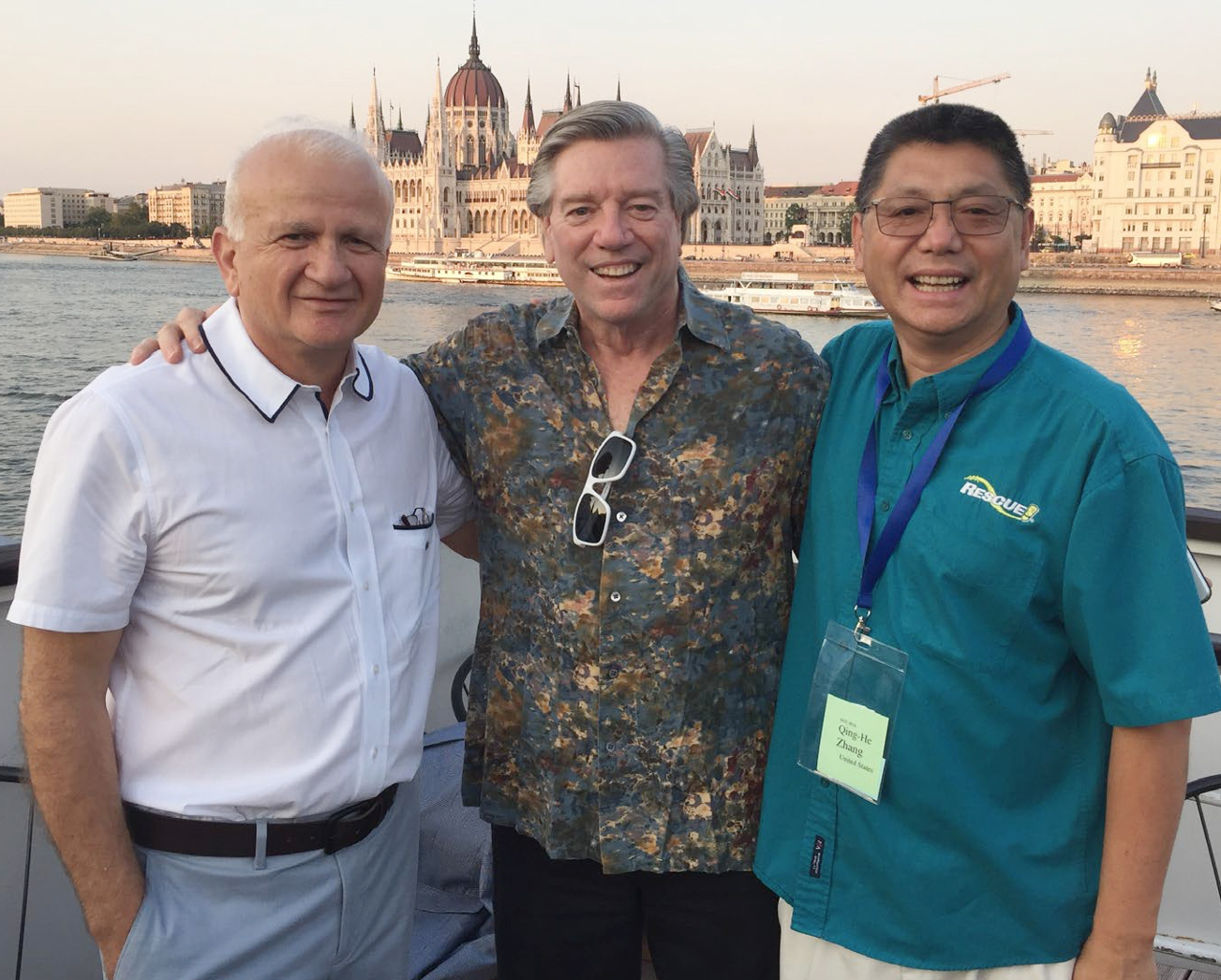
“Jeff had a special connection with Brazil," Zarbin related. "He visited us many times, enthusiastically collaborating with different groups across the country, mentoring students, giving talks, and building bridges that enriched both sides of the collaboration. What made his visits particularly memorable was his genuine effort to engage with the culture and language. Unlike many international researchers, Jeff was determined to communicate in Portuguese - and he did so with both bravery and charm, often with delightful results.”
A Legendary Episode
“One legendary episode," Zarbin said, "occurred during a lecture he gave at the Federal University of Viçosa. Wanting to express that he worked with stink bugs, Jeff attempted to say in Portuguese that he was the Homem Fedor--the Stink Man. Unfortunately, he mixed up the word fedor (stench) with a very similar-sounding but vulgar term, unintentionally saying something completely different. The audience erupted in laughter, and that moment became a classic, lovingly remembered by all who were there. It perfectly captured Jeff’s spirit: bold, unafraid of making mistakes, and always ready to laugh at himself. That slip of the tongue didn’t embarrass him-- on the contrary, it endeared him even more to his Brazilian colleagues.”
“Beyond his scientific achievements, Jeff was also a leader in our field. He served as president of the International Society of Chemical Ecology (ISCE) and was deeply involved in its development and promotion over many years. He was always willing to take on responsibilities, guide young researchers, and contribute to the growth of the scientific community. His presence at ISCE meetings was always lively, thoughtful, and fun, and his absence will certainly be felt at future gatherings."
“Yet what truly set Jeff apart was his character," Zarbin wrote. "He was not just an exceptional scientist but also a wonderful human being; generous, kind, humorous, and deeply loyal to his friends and collaborators. He approached life and science with the same sense of curiosity and joy, and he treated everyone--from seasoned researchers to young students--with the same respect and encouragement. For those of us who had the honor of knowing and working with him, Jeff’s friendship was as valuable as his scientific insight."
'We've Lost a Brilliant Mind'
“The field of chemical ecology has lost a brilliant mind," Zarbin concluded. "I have lost a friend, a partner in science (and beers!), and a source of wisdom and laughter. And the world has lost a gentle, generous, and unforgettable soul. To his family, friends, and colleagues across the globe, I offer my deepest condolences. May Jeff's legacy continue to inspire, and may the many lives he touched carry forward his spirit of curiosity, kindness, and irreverent joy. Rest in peace, Jeff. You will be missed and remembered always."
Don Weber, who worked with Aldrich at Beltsville for many years, wrote a tribute published in the ISCE newsletter, and an abbreviated version for American Entomologist. Zalom contributed to the remembrances.
In the tribute, Weber described Aldrich as “a brilliant researcher….who was an insatiably curious, enthusiastic and insightful scientist who collaborated with many and shared with all. He was patient and wide-ranging with insects; humorous, generous, sharing, always frank and sometimes impatient with humans. His long research career at Beltsville Agricultural Research Center with USDA Agricultural Research Service (1980 - 2011) concentrated on semiochemistry and behavior of true bugs, lacewings, and related groups including their natural enemies. Among his many discoveries was the first stink bug pheromone, and the first pheromone for a predator, the spined soldier bug, Podisus maculiventris, and also the first for a neuropteran, the lacewing Chrysopa oculata. As the world authority on semiochemicals of these two orders, he was invited to write two Annual Review of Entomology review papers on the Chemical Ecology of the Heteroptera and Neuroptera, respectively. He also was a key member of the team that discovered the brown marmorated stink bug pheromone, soon after its invasion of eastern North America. He published over 150 peer-reviewed articles and book chapters, and six patents.”
Aldrich lived in 10 different states. “He first got interested in entomology through a summer job at the University of Missouri, but never had a class in entomology as an undergraduate there, where he graduated with a BS in Agriculture in 1971,” Weber wrote. “He was accepted in the Oceanography Department at Oregon State University, but after one quarter at OSU and one ocean cruise, discovered he was a landlubber. His true love of terrestrial insects and ecology would later lead him become one of the best insect chemical ecologists in the world with a unique combination of multidisciplinary knowledge and creativity, including insect ecology/behavior, micro-dissection, pheromone identification via GC-EAD, GC-FID/MS and NMR technologies, lab/field bioassays, dispenser development and practical application."
Murray Blum 'Taught Him How to Write'
“At Mizzou he completed a master’s degree in entomology with Dr. Tom Yonke, and although Dr. Yonke was a systematist, he allowed Jeff to work on the chemistry of the Heteroptera,” Weber noted. “Back then. gas chromatography was in its infancy, and Jeff was an eager early adopter. Soon Jeff went to work on a PhD with one of the founders and memorable characters of chemical ecology, Dr. Murray Blum, at the University of Georgia, working on the semiochemistry of Heteroptera and receiving his doctorate in 1977. Jeff said while there, Murray taught him how to write, and Dr. Arden Lea taught him how to micro-dissect insects, skills that served him well throughout his career. Jeff’s micro-dissection skills were amazing, and allowed him to produce clean, concentrated glandular samples for chemical analyses. This helped him land a postdoctoral research associate position in the lab of another memorable character in chemical ecology, Dr. William Bowers at the Cornell Agriculture Experiment Station in Geneva, New York. While studying the anti-ecdysteroid mechanisms of precocenes, Jeff continued his hemipteran studies with Bill’s bioassay animal, the large milkweed bug (Oncopeltus fasciatus).”
“In 1980, Jeff took a permanent position with the USDA Agriculture Research Service in Beltsville, Maryland, in the Insect Physiology Laboratory,” Weber releted. “Most of his research though, was with the Insect Chemical Ecology Laboratory (ICEL), which was where he always wanted to be, in spite of its renaming (Chemicals Affecting Insect Behavior Laboratory) and later merger (Invasive Insect Biocontrol and Behavior Laboratory, IIBBL). He was based in Beltsville for 31 years, five as the Research Leader of ICEL. He was honored with the U.S. Federal Laboratory Consortium (FLC) Mid-Atlantic Regional Award for Excellence in Technology Transfer (2010). He had many interviews with newspapers, including the New York Times and Washington Post, as well as on television and radio in Brazil and USA. Jeff retired in 2011, handing off several stink bug colonies and research objectives to Don Weber of IIBBL.
'Jeff Thought Expansively and Globally'
“Jeff thought expansively and globally," Weber wrote. "He formed strong collaborations internationally and was a visiting scholar in Japan, Italy, Australia, and Brazil. Beyond his scientific achievements, Jeff also served as president of the International Society of Chemical Ecology (ISCE) during 2009-2010, and was deeply involved in its development and promotion over many years. He hosted the 2005 ISCE meeting in Washington DC, and also served as Associate Editor of the Journal of Chemical Ecology 2009-13. He was always willing to take on responsibilities, guide young researchers, and contribute to the growth of the scientific community. His loyal presence at ISCE meetings was always lively, thoughtful, and fun, and his absence will certainly be felt at future gatherings. He was an active member of the Entomological Society of America since 1972, and a leader for the Entomological Society of Washington, serving as ESW‘s Program chair 1982-84, and in 1990, its president.
Aldrich enjoyed a special connection with Brazil. "Jeff visited the labs of Dr. Paulo Zarbin and others, enthusiastically collaborating with different groups across the country, mentoring students, giving talks, and building bridges that enriched both sides of the collaboration," Weber wrote. "Paulo recounts that he first met Jeff in 1996, during his doctoral studies in Japan, in the laboratory of Walter Leal."
Following his retirement from USDA-ARS, “Jeff had a self-described 'nomadic phase' in California, during which he became an associate in the Agricultural Experiment Station in the UC Davis Department of Entomology and Nematology, working with Dr. Frank Zalom," Weber wrote, adding that Zalom reported "I had worked with him on stink bugs for many years but we became much closer personally when he retired and became a Research Associate in my lab. He was a great mentor for some of the international scholars visiting our lab, and was always full of ideas. We remained in close contact after he moved to Minnesota to be with his mother, and built a small research facility at his mother’s where he was raising Podisus."
“What truly set Jeff apart was his character,” Weber emphasized. “And he was a character! He approached life and science with the same sense of curiosity and joy, and he treated everyone-- from seasoned researchers to young students--with the same respect and encouragement. For those of us who knew and worked with him, Jeff’s friendship was as valuable as his scientific insight. Jeff's legacy will continue to inspire, and the many lives he touched will carry forward his spirit of curiosity, kindness, and irreverent joy.”
